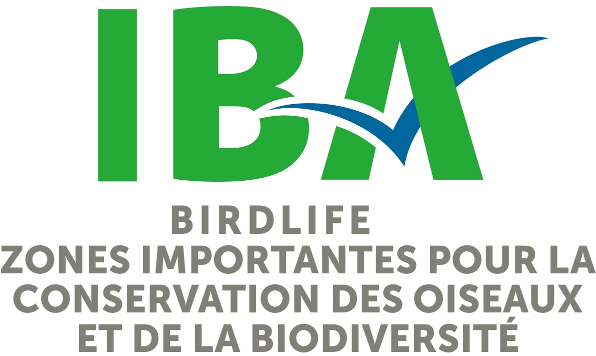Sounding Lake (AB030)
Consort, Alberta
Description du site
Sounding Lake is located in southern Alberta about 20 km northeast of Consort and 23 km southwest of Provost. There are a number of minor roads through the area, but no direct lake access. Sounding Lake, and Greenlee Lake to the north (which is part of the site), are alkali lakes that are dry in drought years. Habitat types include upland fescue and porcupine grass communities interspersed with aspen groves. The lake is fed by Sounding Creek and drains into Eyehill Creek. Upland areas are important for White-tailed Deer and Mule Deer and the site is the only known location in Alberta for the Round-leaf Monkeyflower.
Oiseaux
In spring and fall, Sounding Lake can support extremely large numbers of several migrating shorebird species. Based on rough population estimates, species with globally significant numbers during spring migration include: Stilt Sandpiper with 7,000 individuals (up to 7% of the world population), Bairds Sandpiper with 11,000 individuals (up to 8% of the world population), and Sanderling with 3,000 individuals (about 1% of the world population). A high count of 11,480 Lesser Yellowlegs during fall migration is over 1% of the worlds population. Also, as many as 900 American Avocets have been counted in fall, which is approximately 1.5% of the national population. Globally significant congregations of shorebirds have also been recorded: 55,803 staging shorebirds and 13,532 yellowlegs were seen in spring, 1987, and over 20,000 peeps have been seen in fall (unknown year). It should be noted that water levels, and thus habitat conditions, vary from year to year and shorebird numbers can be quite variable. Most of these numbers are from the mid-eighties as no 1990s information is available.
In 1995 and 1996, there were seven and four nationally endangered Piping Plovers, respectively, present at the site. The population reached a maximum size of 18 individual birds (4 or more pairs) in 1986.
Enjeux de conservation
There are many threats to the Sounding Lake site. Piping Plover numbers fluctuate dramatically with changes in water levels associated with climatic variation, and thus few lakes provide reliable breeding habitat in every year. Most areas are unsuitable during high water, and thus the best Piping Plover habitat is often ephemeral. This scenario also applies to other shorebirds that use the area for spring and fall staging. Productivity of Piping Plovers and other shorebird species is highest during low water years. Extended periods of drought and low water, however, could result in exposed mudflats becoming covered with vegetation thus eliminating suitable shorebird habitat or limited areas of open water habitat. Water management projects could exacerbate the problem if lake levels are stabilized and the required fluctuating water levels are not managed for. There has been a major water management proposal, which would affect the entire Sounding Creek basin. However, these projects could be a benefit to restoring Piping Plovers if managed properly. Further threats to Piping Plover nesting lakes are disturbance from cattle grazing and succession. Since 1988, significant oil and gas fields have been developed along with road construction and massive clearing of parkland habitat throughout the basin. Ducks Unlimited has been negotiating with land and leaseholders to delay grazing and protect shorelines on a number of Piping Plover wetlands. The site is a potential Western Hemisphere Shorebird Reserve Network (WHSRN) Regional site.
Catégories ZICO Habitats Usages Menaces Potencielles ou Existantes Status de Protection

